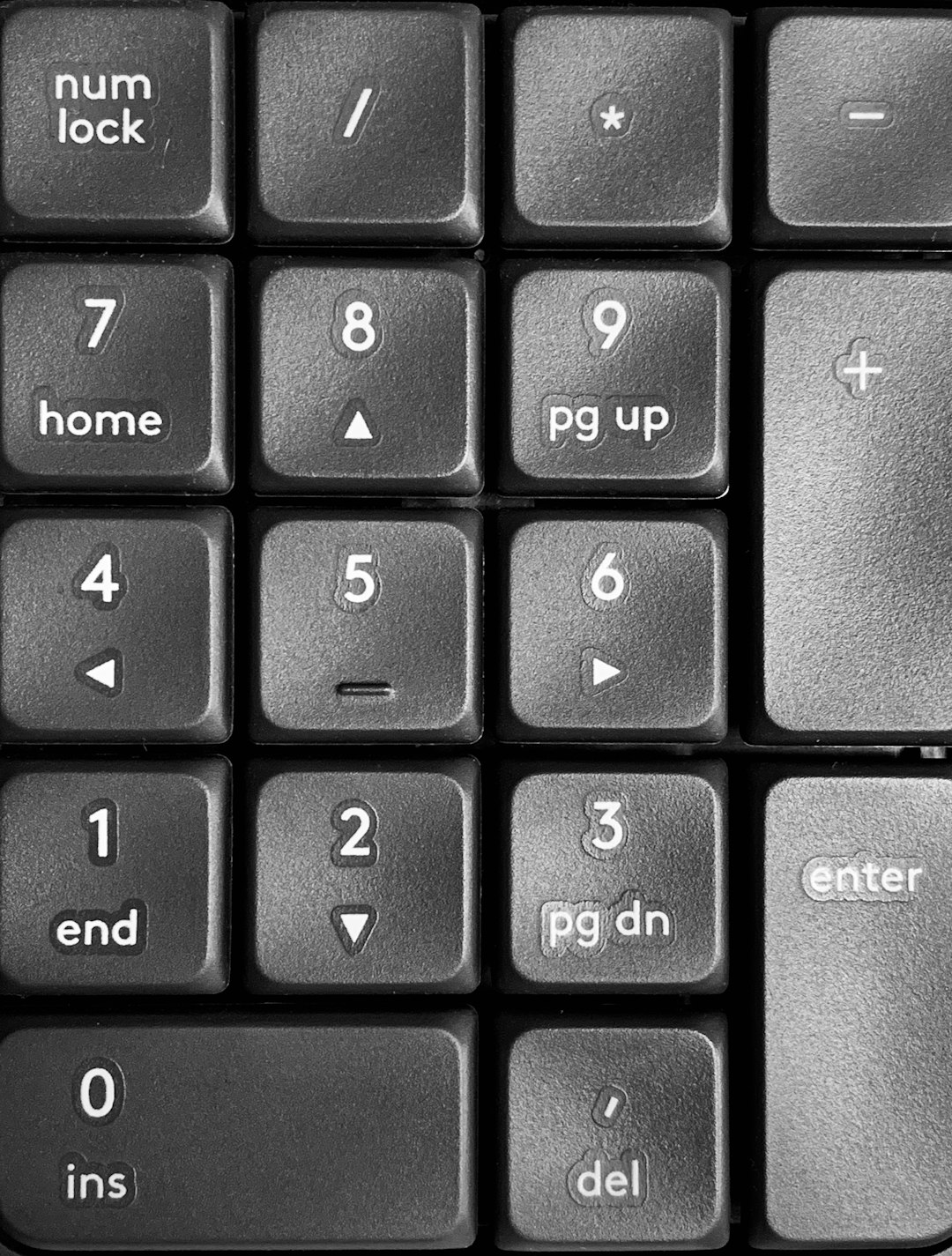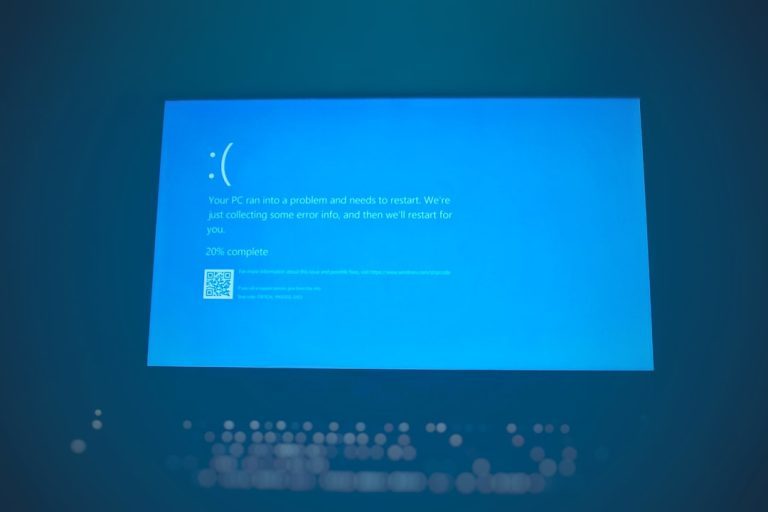If you’ve encountered the dreaded “Time Limit Logging Outlook MAPI 4C2” error, you’re certainly not alone. This obscure-sounding issue can catch even the most tech-savvy users off guard. It may pop up unexpectedly, disrupt Microsoft Outlook functionality, or create issues with sync and messaging services in enterprise environments. Although it’s a little tricky to decode at first, solving this problem doesn’t have to be a frustrating ordeal.
In this article, we’ll break down what this error actually means, why it occurs, and—most importantly—how to fix it using practical, proven solutions.
What Is the “Time Limit Logging Outlook MAPI 4C2” Error?
This cryptic message is typically associated with the Messaging Application Programming Interface (MAPI), which Outlook uses to send and receive messages. MAPI facilitates communication between the Outlook client and your mail server. The numeric code “4C2” corresponds to an error in the system, often related to a timeout or a performance log signaling that an operation took longer than it should.
Typically, this error might be logged in your event viewer or surface during diagnostic logging. It doesn’t always crash Outlook, but recurring occurrences usually point to a deeper problem—often with performance or configuration settings.

Common Causes of the Error
This issue can stem from a variety of sources. Below are some of the most common root causes:
- Slow or congested mail server connectivity
- Corrupted user mail profiles
- Anti-virus or firewall software interfering with Outlook MAPI communication
- Outdated Outlook or Microsoft Office versions
- MAPI timeout or performance log due to large mailboxes or network lag
Understanding these causes makes troubleshooting far easier, especially if you’re managing multiple Outlook users in an enterprise environment.
How to Fix the Error
Luckily, there are several methods to resolve this error. Try the following solutions, starting with the simplest:
1. Restart Outlook and Reboot the System
It sounds basic, but a restart might clear temporary cache or memory issues causing the error to appear. It’s always worth trying this before diving deeper.
2. Check Your Network Connection
A stable, fast connection is crucial for Outlook’s MAPI communications. If you’re on a VPN or shared network, consider switching networks or connecting directly.
3. Update Outlook and Office
Make sure you are using the most recent version of Outlook and that all the latest updates are installed. Microsoft often releases patches to fix MAPI-related bugs.
4. Repair Your Outlook Profile
Corrupted profiles are a common culprit behind MAPI errors. Follow these steps:
- Go to Control Panel > Mail
- Click Show Profiles
- Select your profile, then click Repair (or Remove and re-add, if needed)
This often resolves the issue if the error is due to user-specific corruption.
5. Disable Add-ins and Antivirus
Incompatible Outlook add-ins or overzealous antivirus software can interfere with MAPI. Try disabling these temporarily to detect if they are the cause.
6. Adjust Logging and Time Limits in the Registry (Advanced Users)
If you’re comfortable editing the Windows Registry, you can fine-tune MAPI logging or timeout settings:
- Open regedit
- Navigate to HKEY_LOCAL_MACHINE\Software\Microsoft\Windows Messaging Subsystem
- Create or edit DWORD values like ProfileTimeout or RpcTimeout
Note: Always back up your registry before making any changes.

Preventing Future MAPI Timeouts
After you’ve successfully resolved the issue, take steps to avoid seeing it again:
- Limit mailbox size by regularly archiving old messages
- Perform regular maintenance checks on Outlook profiles
- Use Microsoft Exchange Best Practice Analyzer to spot misconfigurations
- Ensure antivirus exceptions for Outlook are properly set
Final Thoughts
The “Time Limit Logging Outlook MAPI 4C2” error is a mouthful, but it doesn’t have to spell disaster for your productivity. With a bit of investigation and the right steps, you can eliminate this error and help your Outlook run more smoothly than ever.
Remember: if you’re unsure about digging into deeper technical settings like the registry, don’t hesitate to contact your IT department or a certified Microsoft support technician. Sometimes, it’s faster—and safer—to let the professionals handle it.




